What is Cost of Goods Sold (COGS)? A Complete Guide for Business Owners
Cost of Goods Sold (COGS) is one of the most important financial concepts for any business that sells physical products. It directly affects your profitability, tax obligations, and business decisions. Let's explore what COGS means and why it matters for your success.
What is Cost of Goods Sold (COGS)?
Cost of Goods Sold represents the direct costs of producing or purchasing the products you sell during a specific period. It includes only the expenses directly tied to creating your inventory – not your general business expenses.
Key Point: COGS only includes costs for products that were actually sold, not all products you produced or purchased.
What's Included in COGS?
Manufacturing Businesses:
Raw materials and components
Direct labor (workers who make the product)
Factory overhead directly related to production
Packaging materials
Freight costs for raw materials
Retail Businesses:
Purchase price of inventory sold
Freight and shipping costs to get products to your store
Import duties and customs fees
Storage costs directly related to inventory
What's NOT Included in COGS:
Office rent and utilities
Administrative salaries
Marketing and advertising
Sales commissions
Insurance (unless directly related to inventory)
How to Calculate COGS
The Standard Formula: COGS = Beginning Inventory + Purchases - Ending Inventory
Step-by-Step Example:
Beginning Inventory: $10,000 (what you started with)
Purchases during period: $25,000 (what you bought)
Ending Inventory: $8,000 (what you have left)
COGS = $10,000 + $25,000 - $8,000 = $27,000
This means you sold $27,000 worth of inventory during the period.
Real-World Example: Bakery Business
Monthly COGS Calculation:
Beginning inventory (flour, sugar, etc.): $2,000
Purchases during month: $8,000
Ending inventory: $1,500
COGS = $2,000 + $8,000 - $1,500 = $8,500
If the bakery had $15,000 in sales, their gross profit would be: $15,000 - $8,500 = $6,500
Why COGS Matters
1. Calculate Gross Profit
Gross Profit = Revenue - COGS This shows your profitability before operating expenses.
2. Tax Deductions
COGS is deductible from your business income, reducing your tax liability.
3. Pricing Decisions
Understanding COGS helps you set prices that ensure profitability.
4. Inventory Management
COGS calculations help you track inventory turnover and efficiency.
5. Financial Analysis
Investors and lenders use COGS to evaluate business performance.
How to Reduce COGS
Negotiate better supplier prices
Buy in bulk for volume discounts
Improve production efficiency
Reduce waste and spoilage
Find alternative suppliers
Optimize inventory management
Improve quality control to reduce returns
Common COGS Mistakes
Including indirect costs like office expenses
Not tracking inventory accurately
Forgetting to include freight costs
Mixing up COGS with total expenses
Not updating calculations regularly
Industry Benchmarks
COGS as a percentage of revenue varies by industry:
Restaurants: 28-35%
Retail clothing: 40-50%
Grocery stores: 70-80%
Manufacturing: 60-80%
Jewelry: 20-30%
The Bottom Line
Cost of Goods Sold is the foundation of your product business's profitability. By accurately tracking and managing COGS, you can make informed decisions about pricing, purchasing, and growth strategies.
Make good with your time by implementing a system to track COGS accurately. This investment in understanding your direct costs will pay dividends in better pricing decisions and improved profitability.
